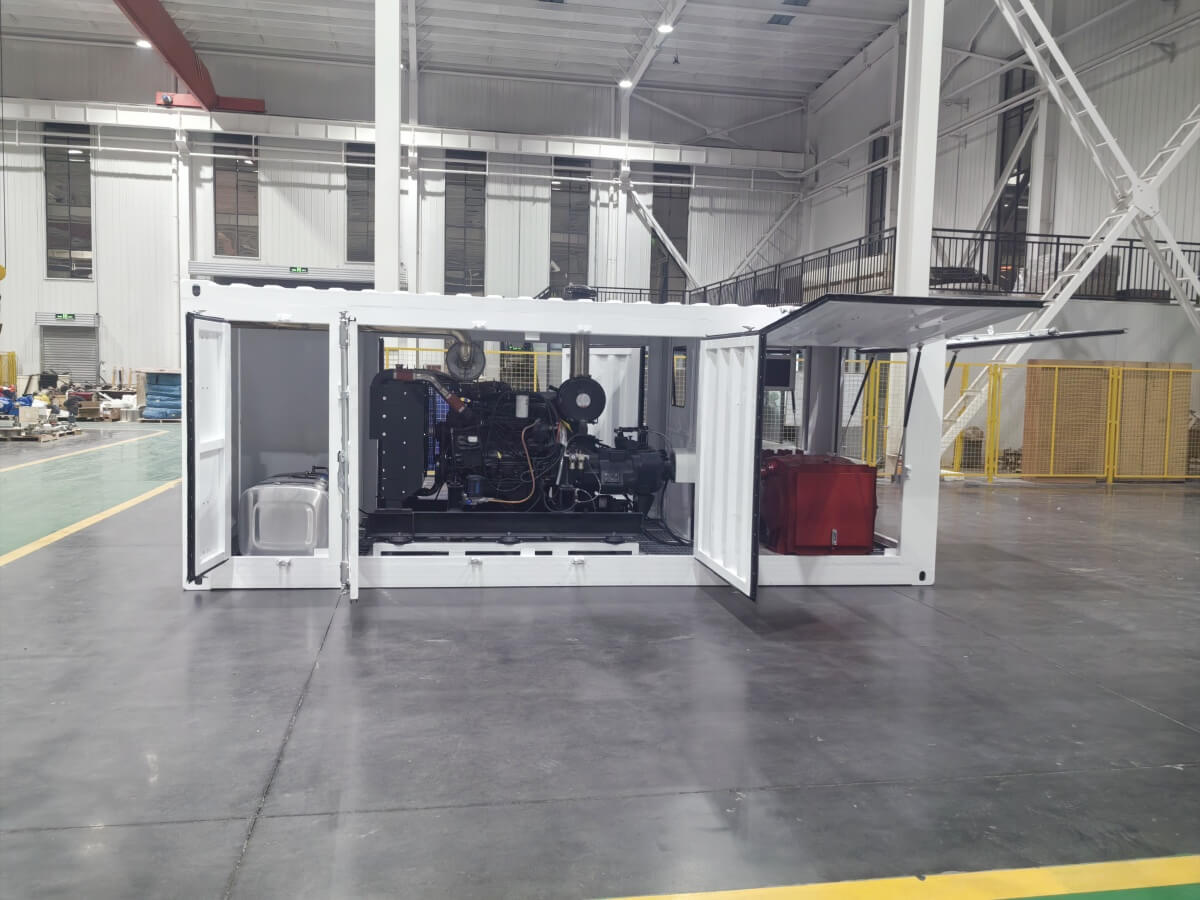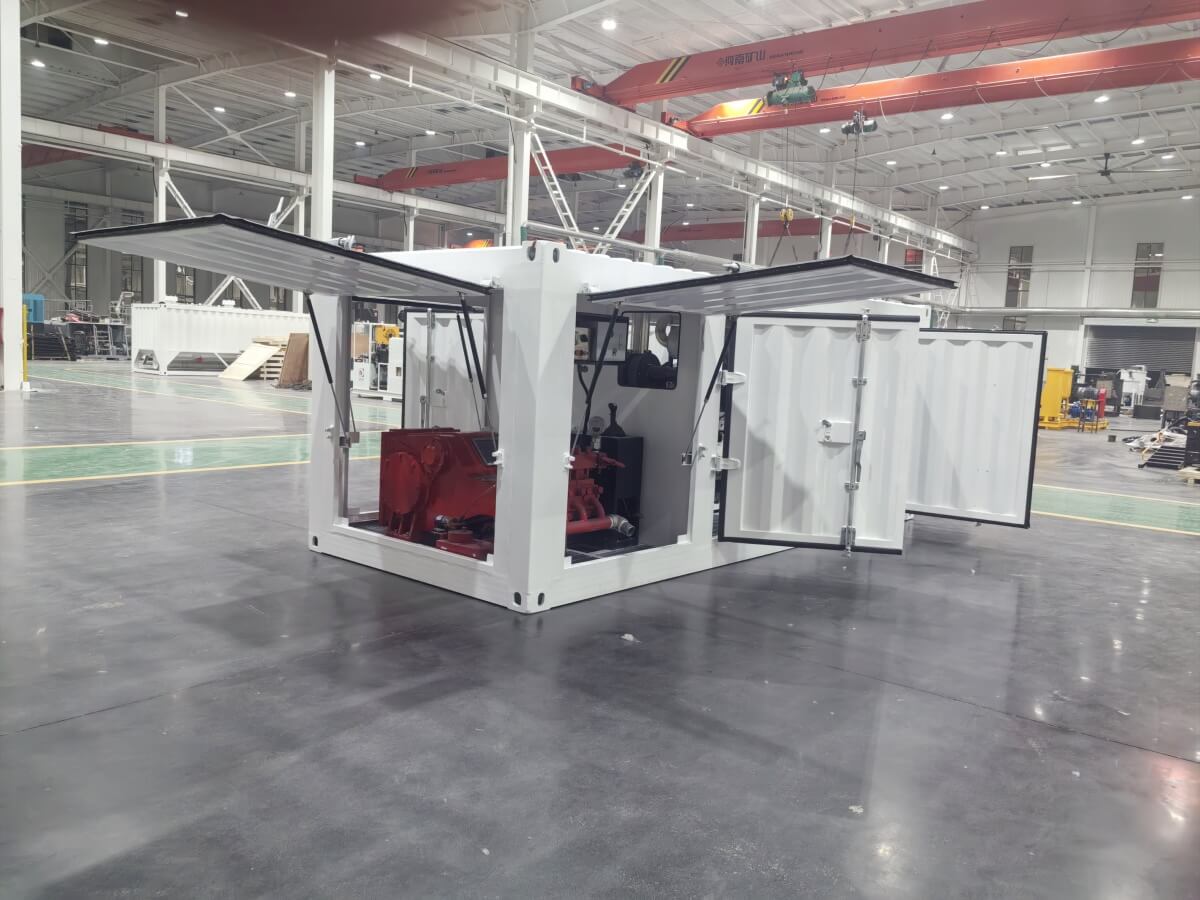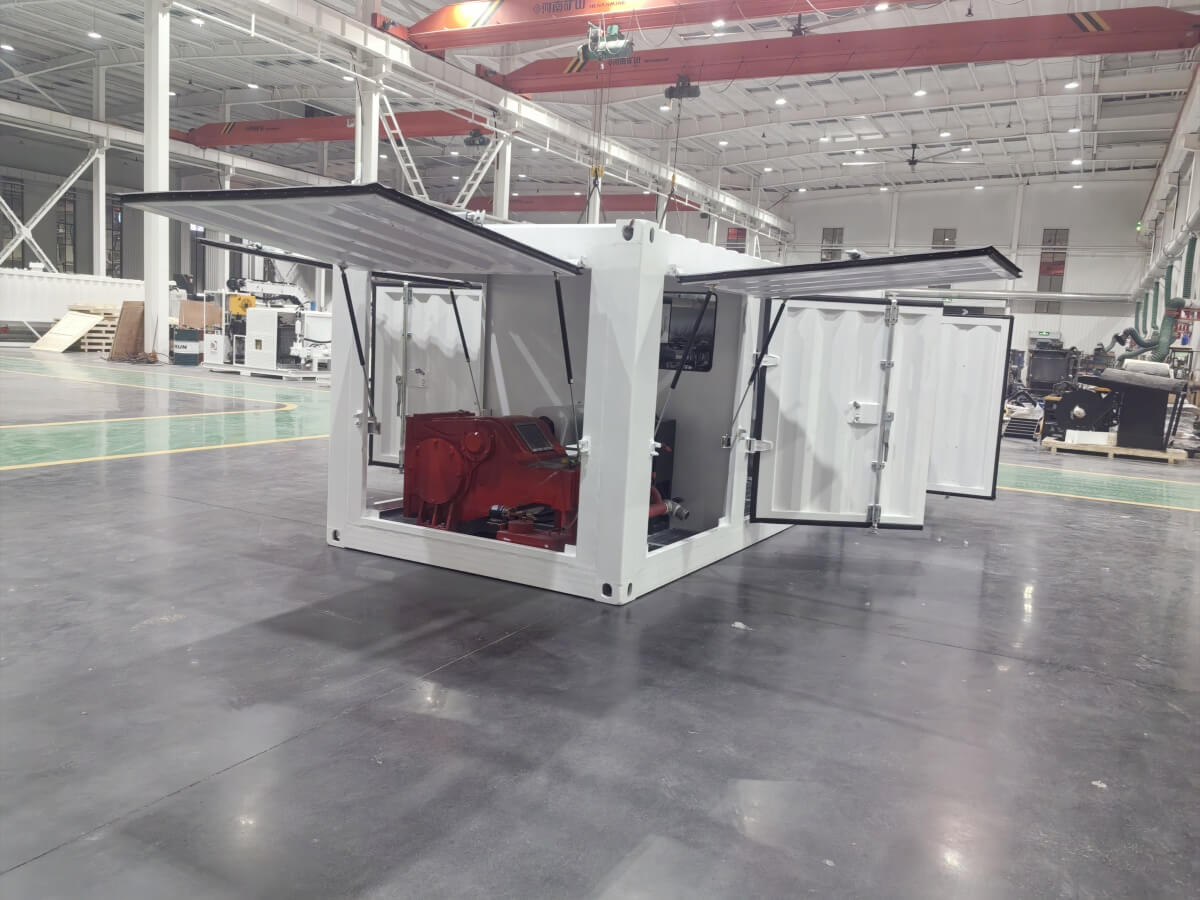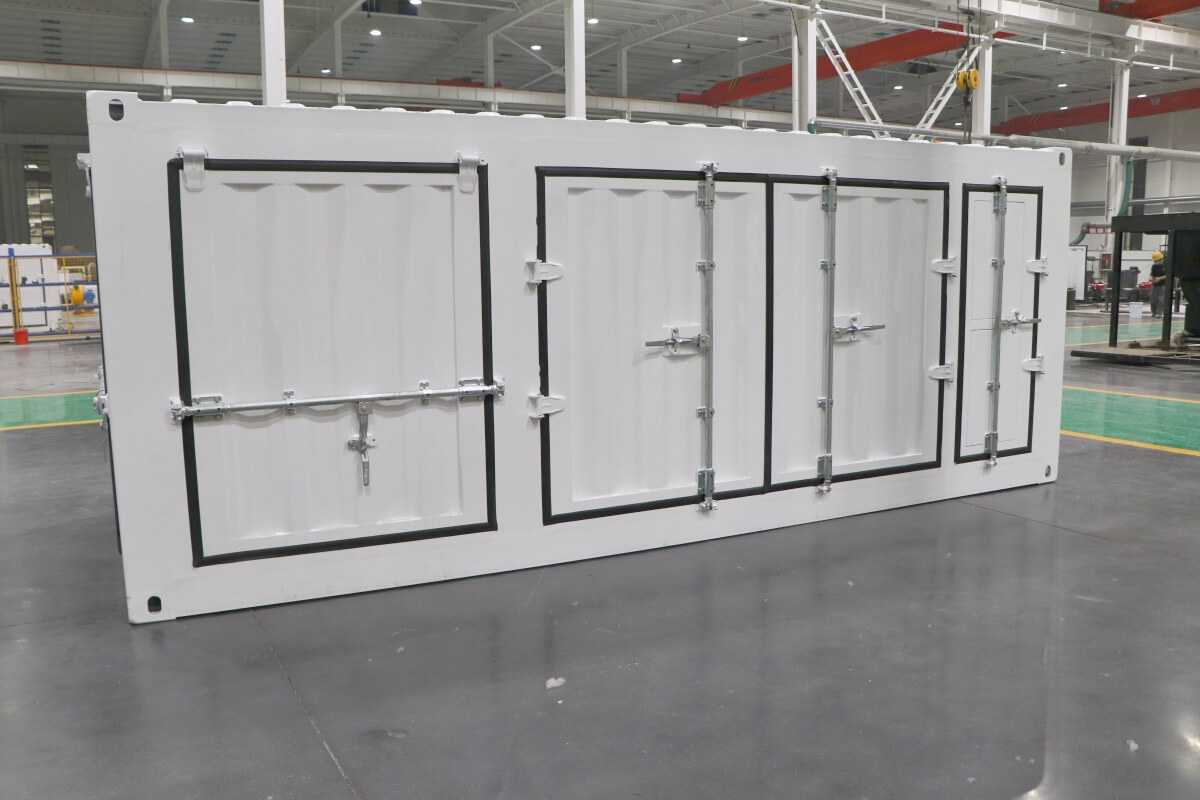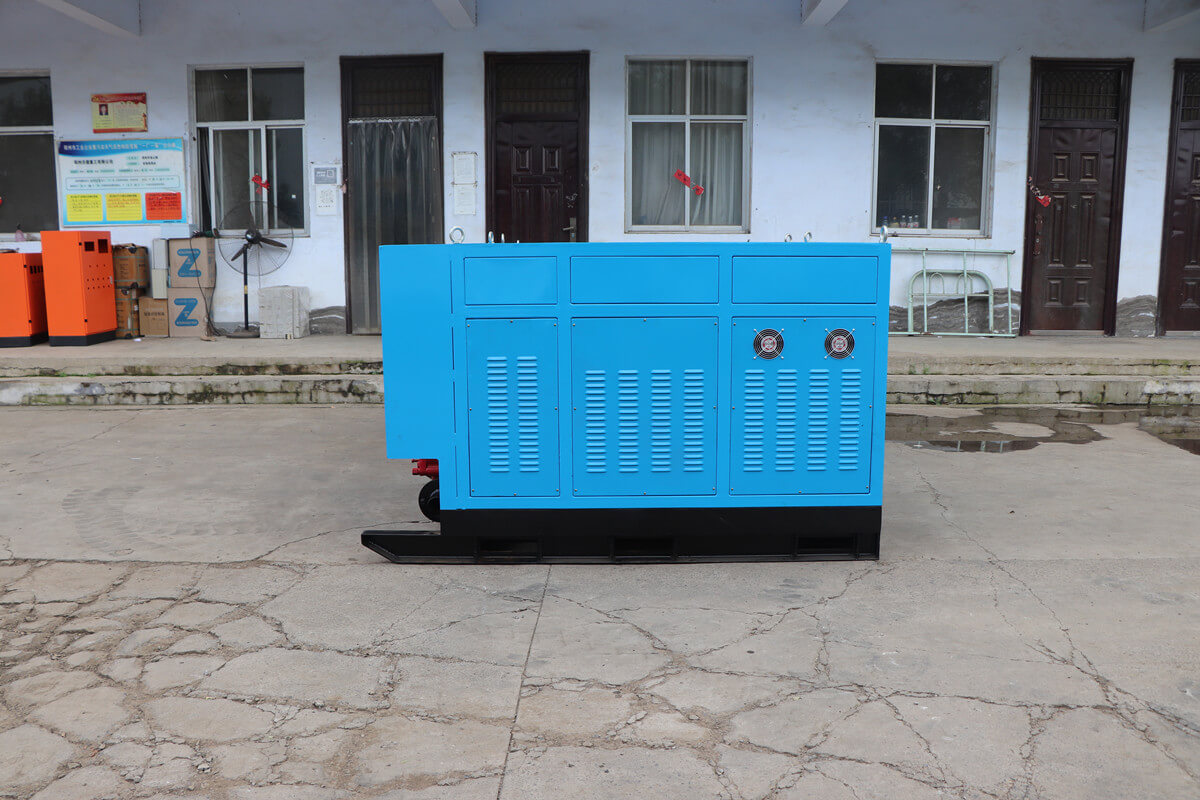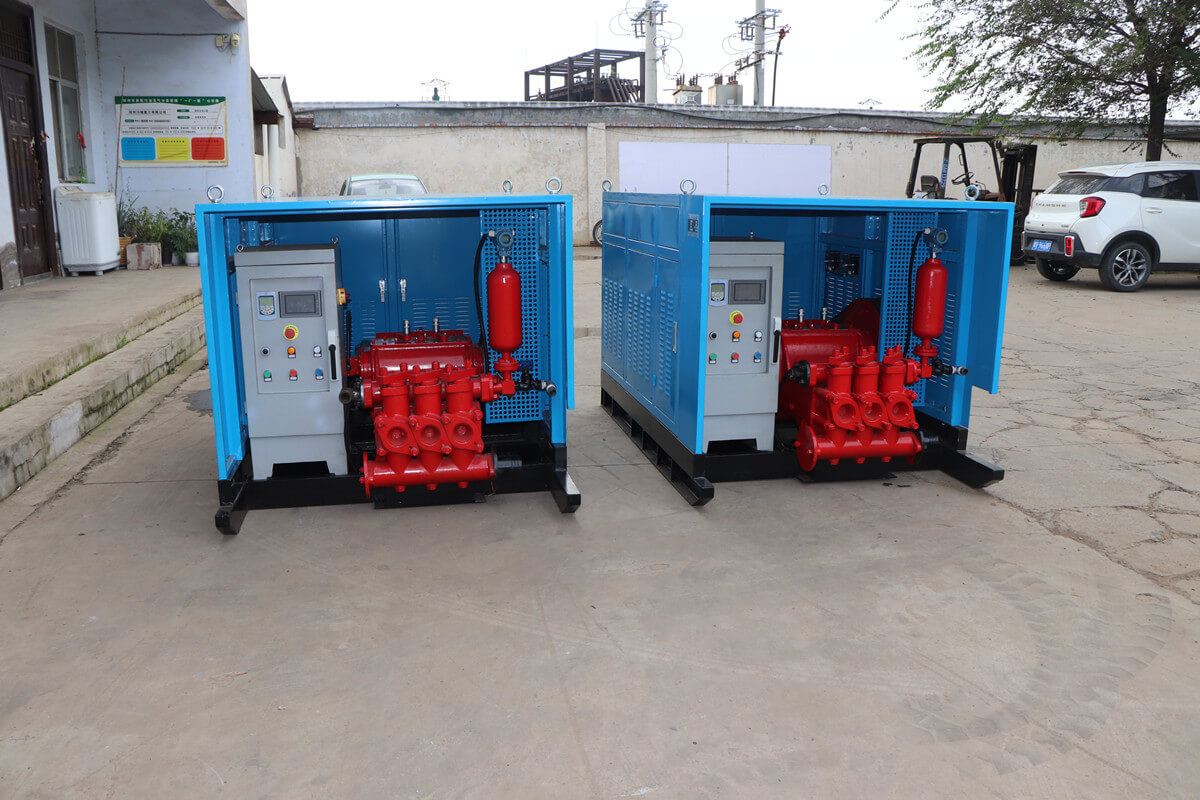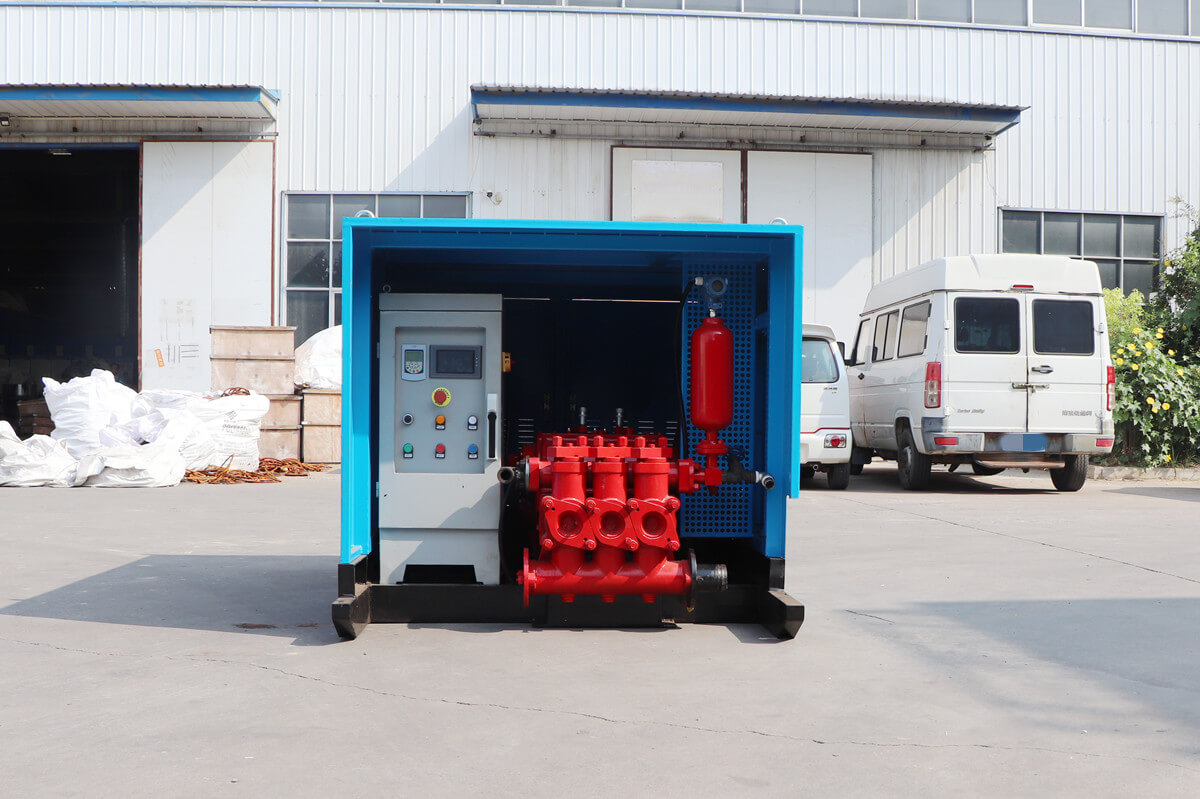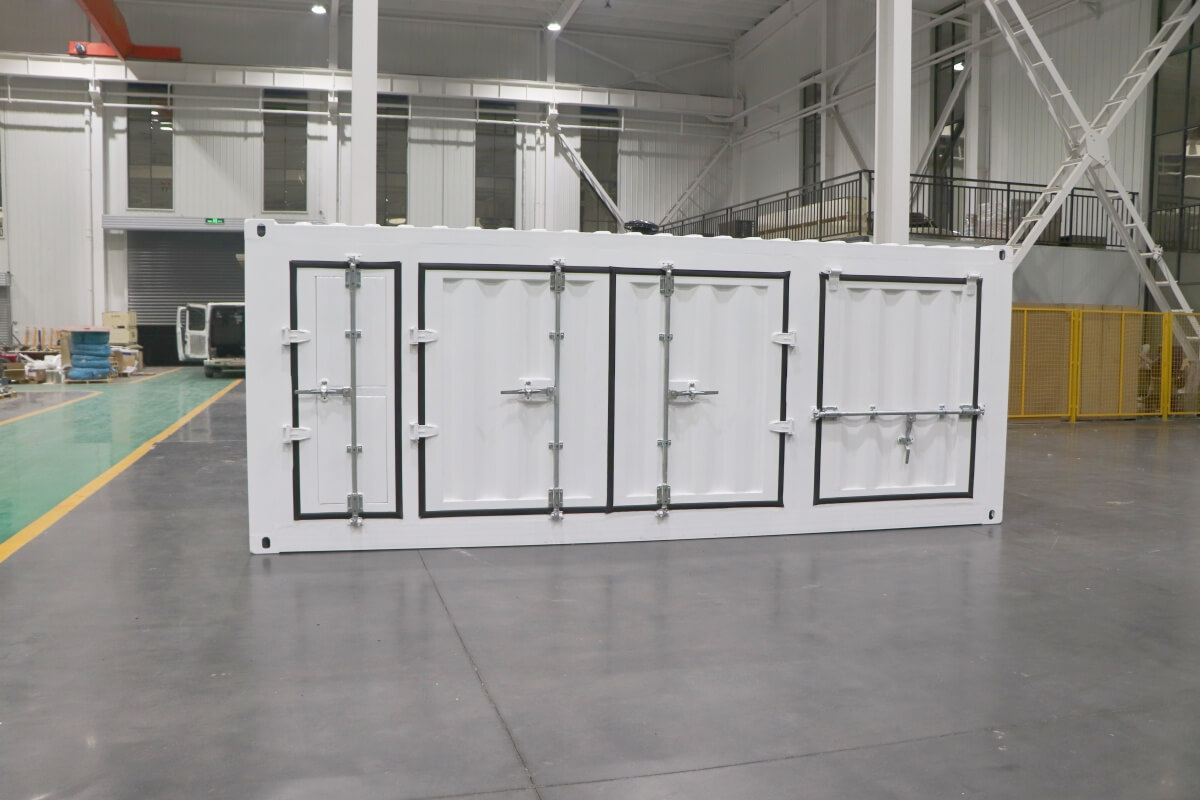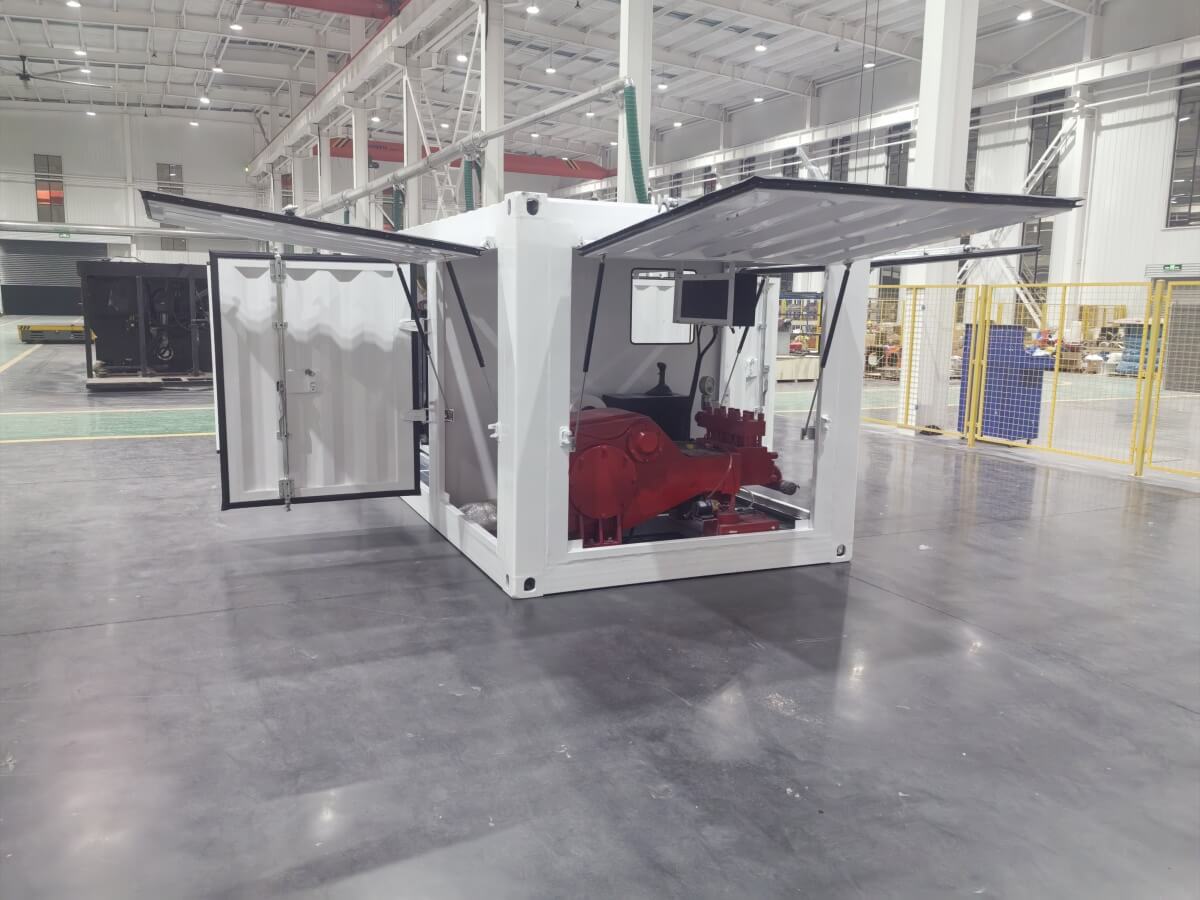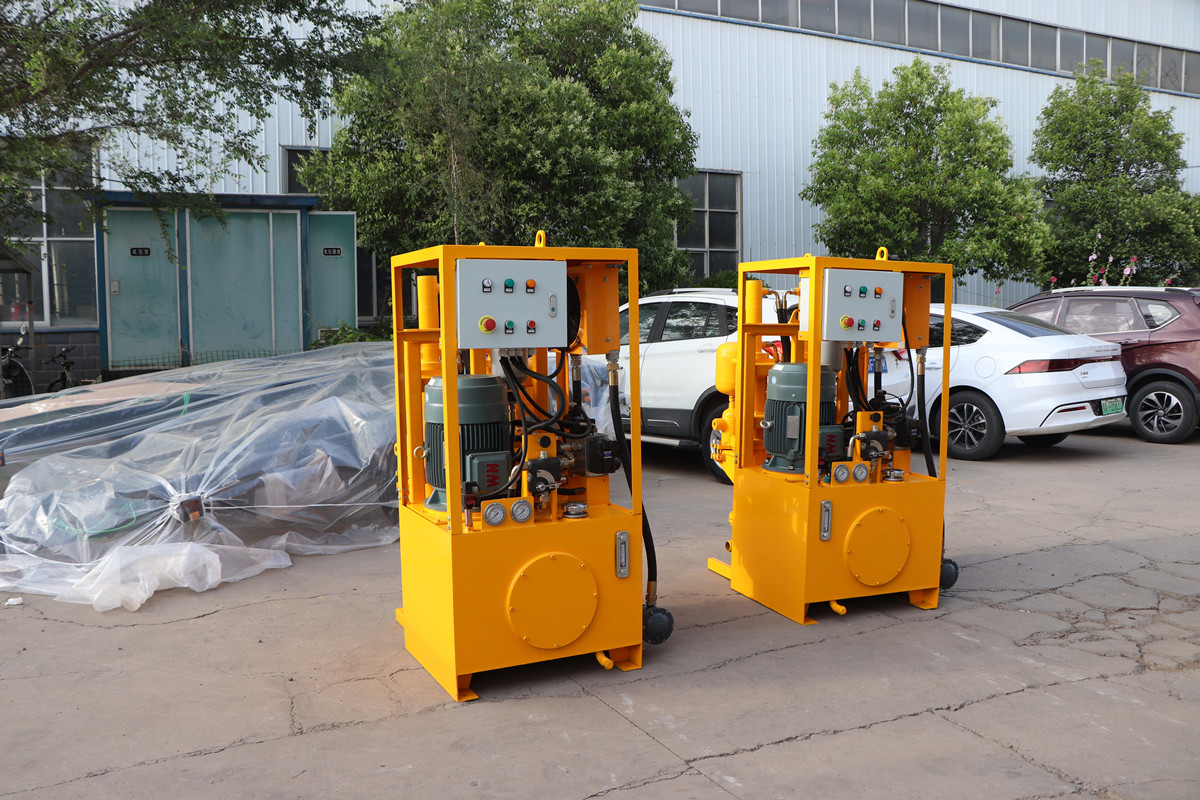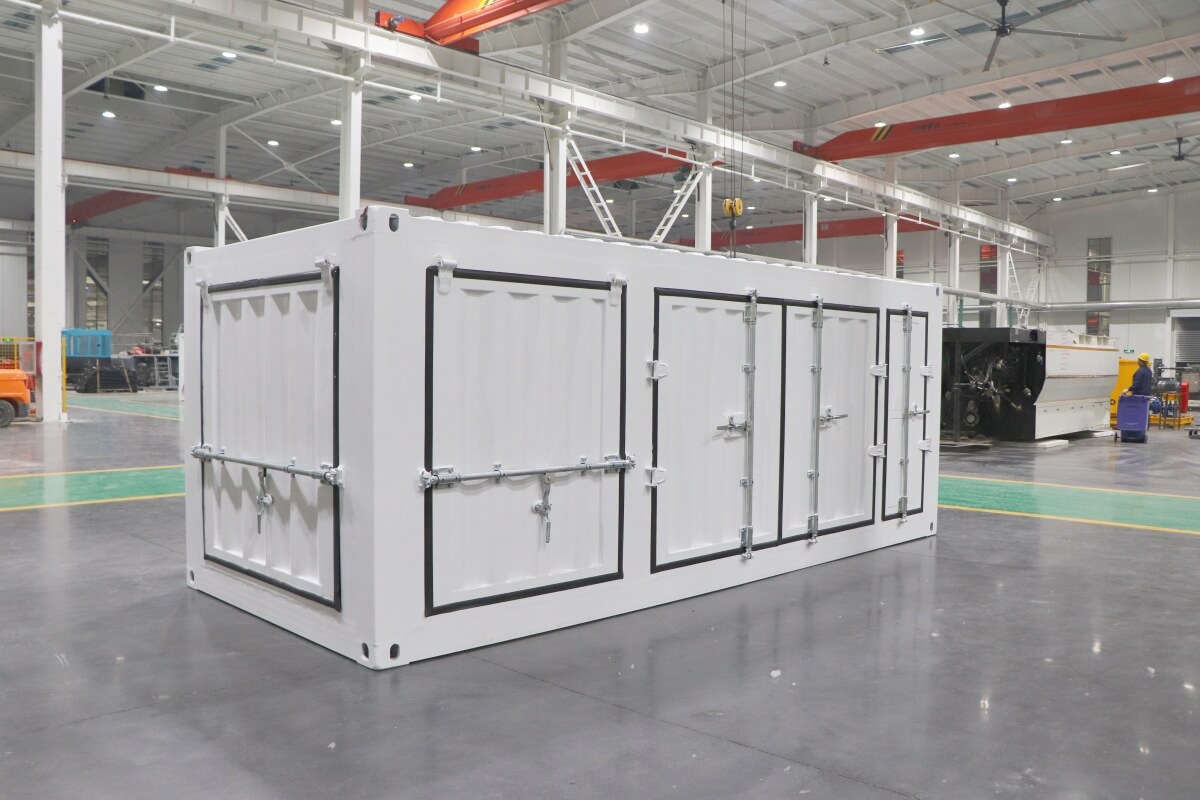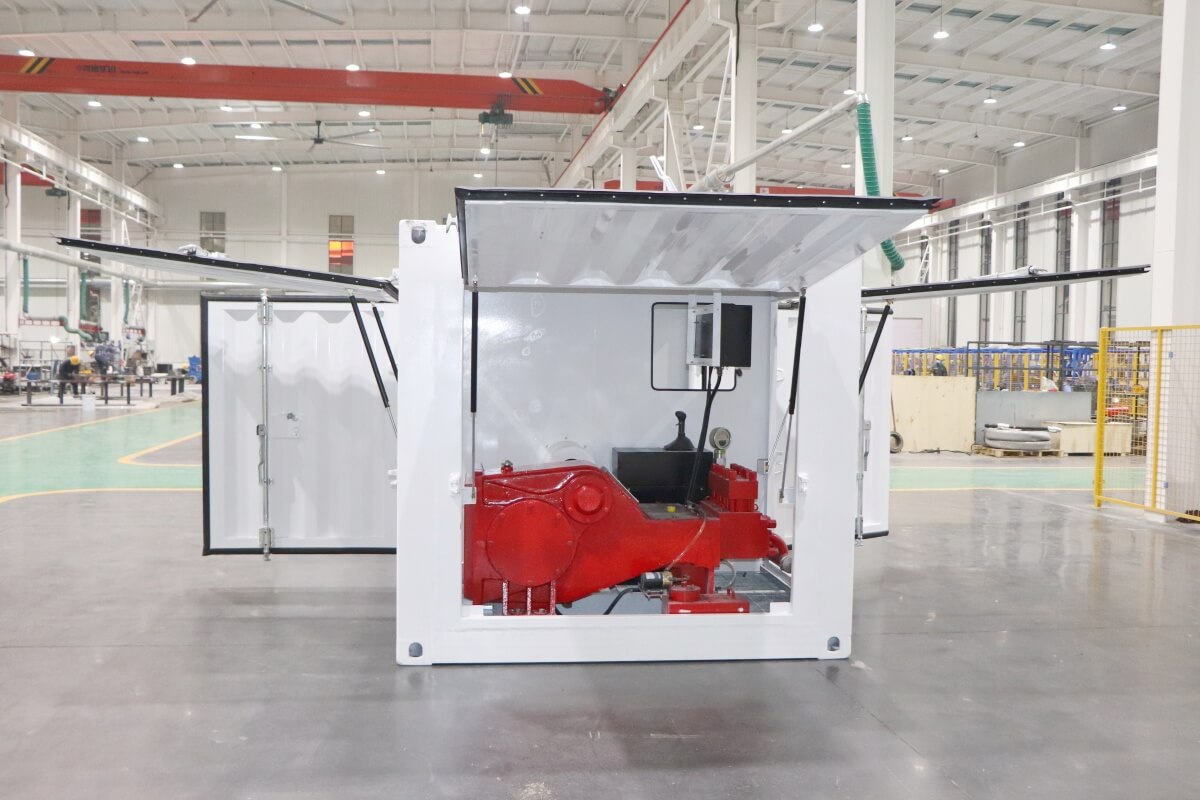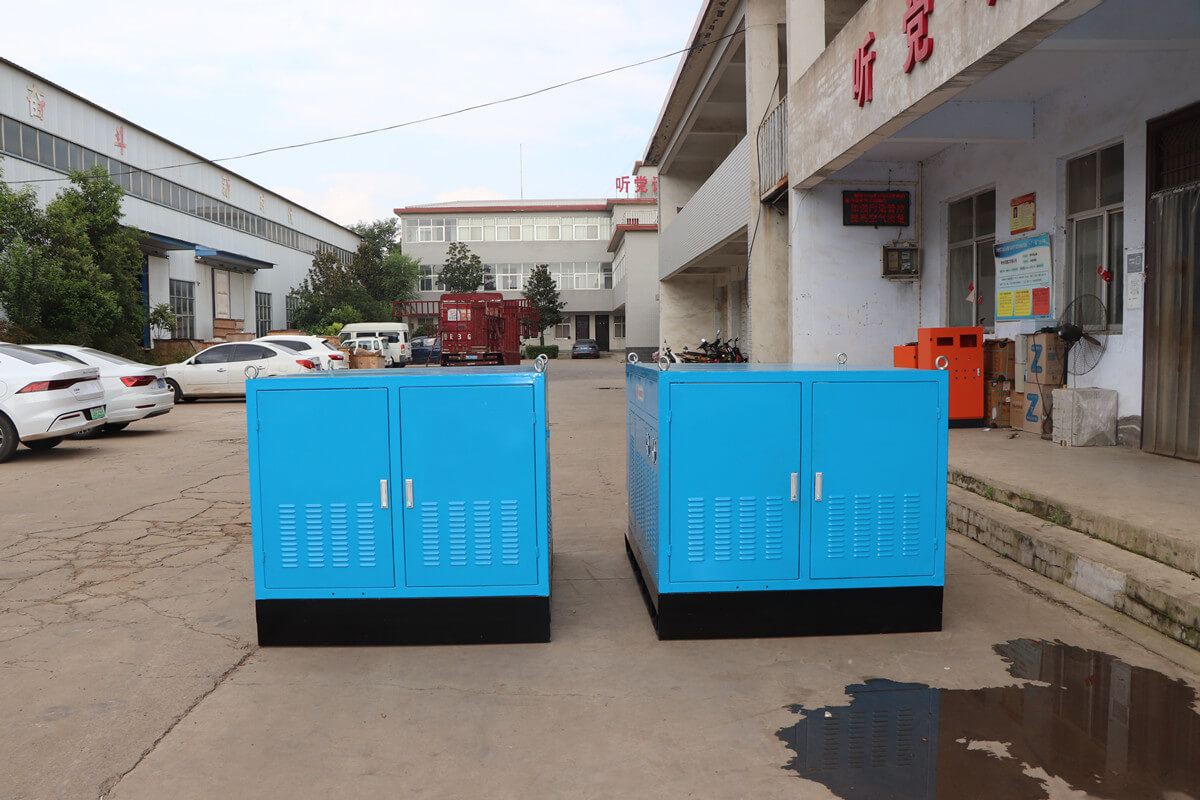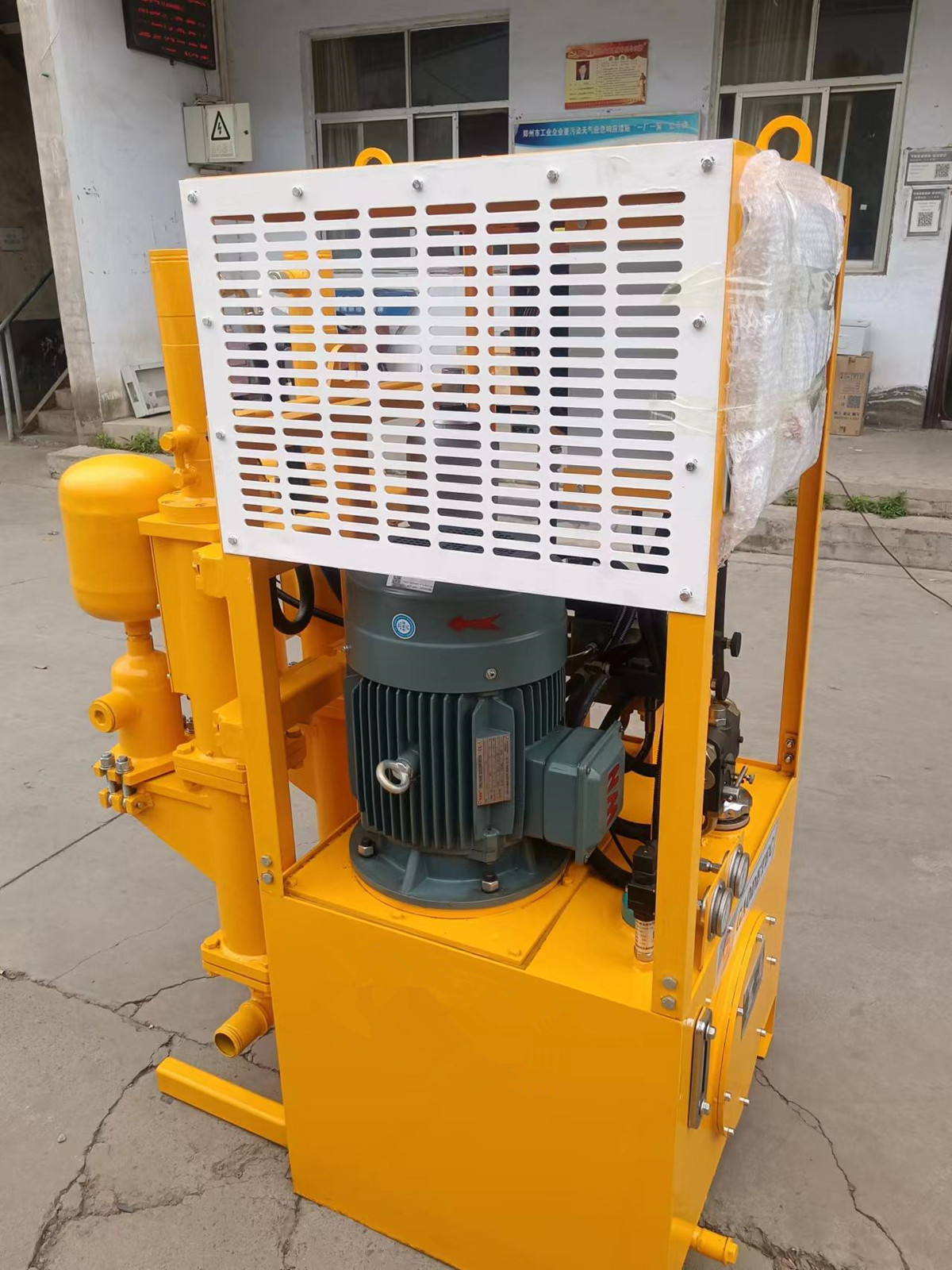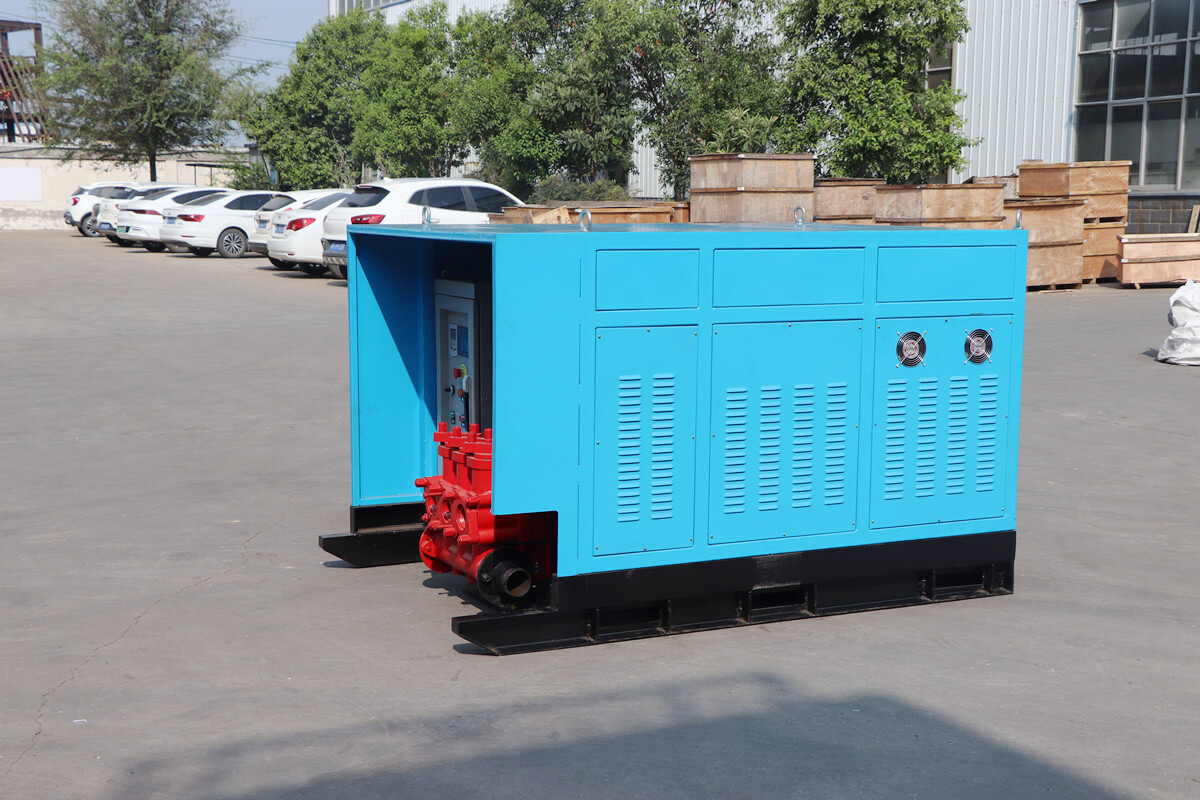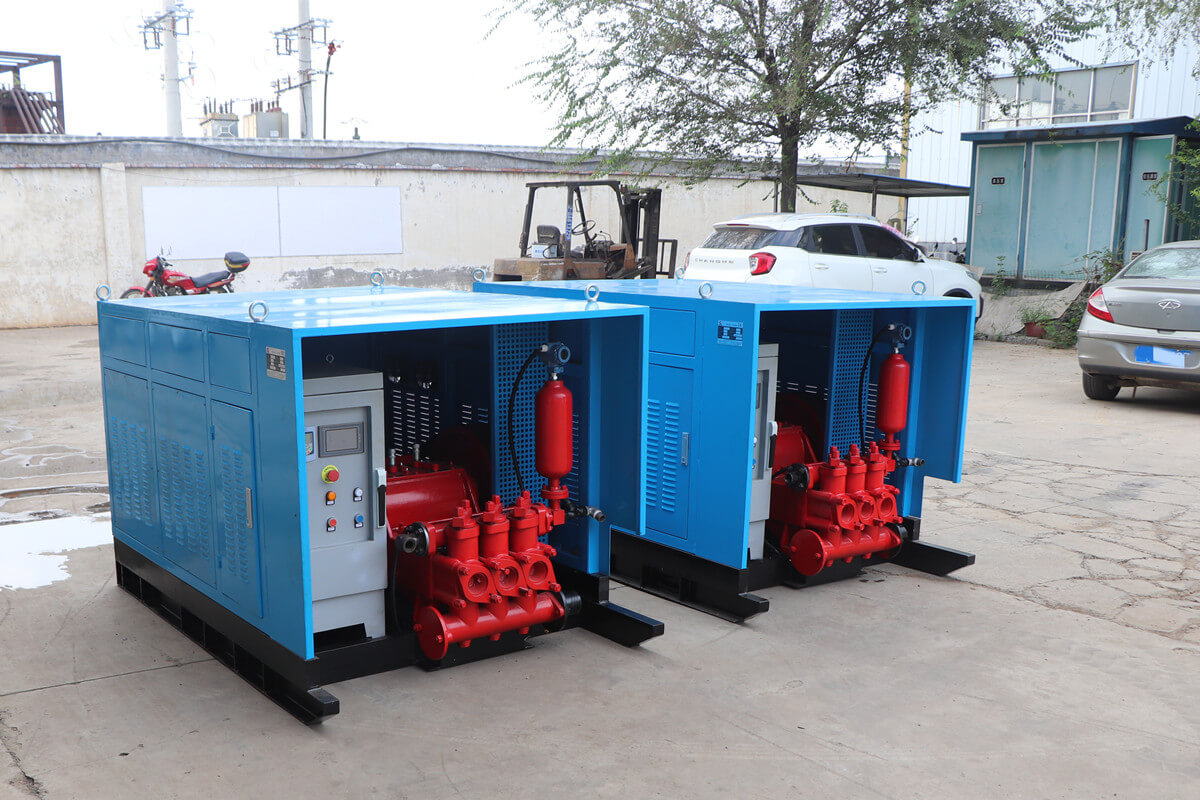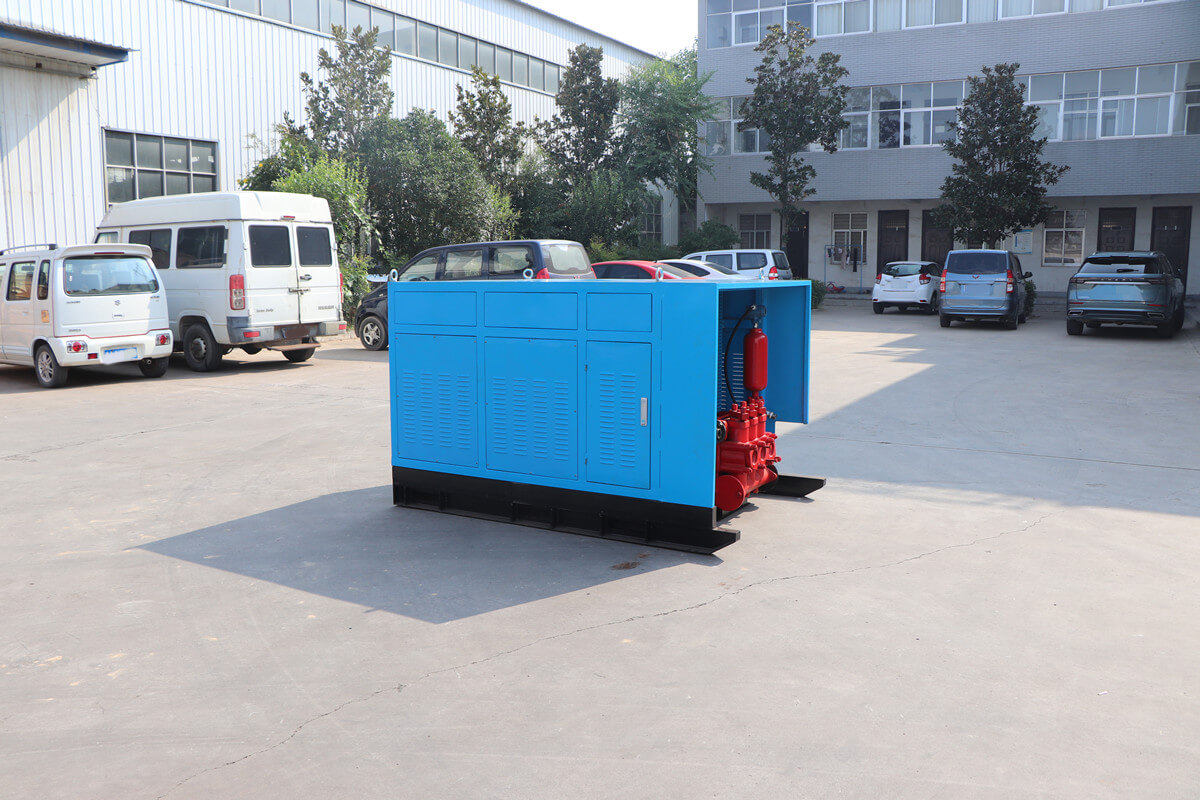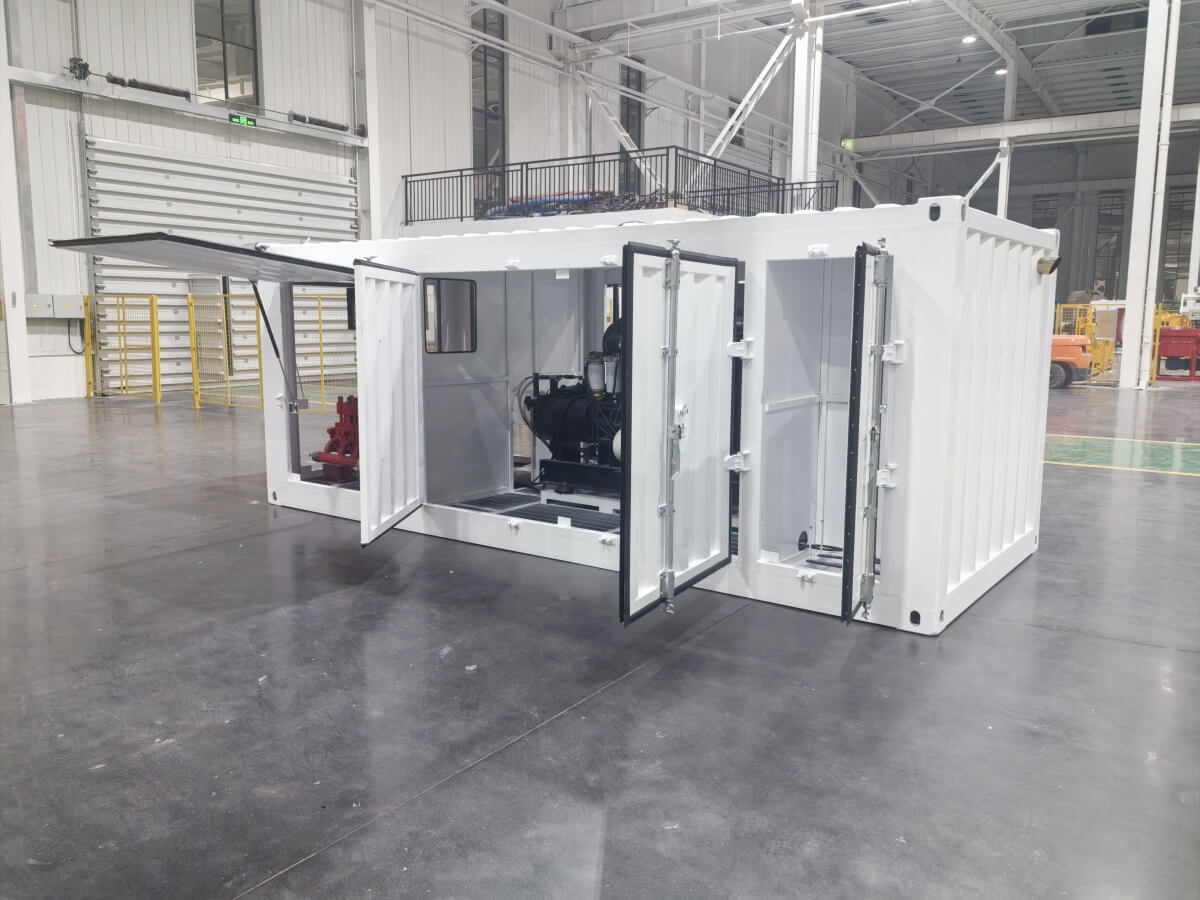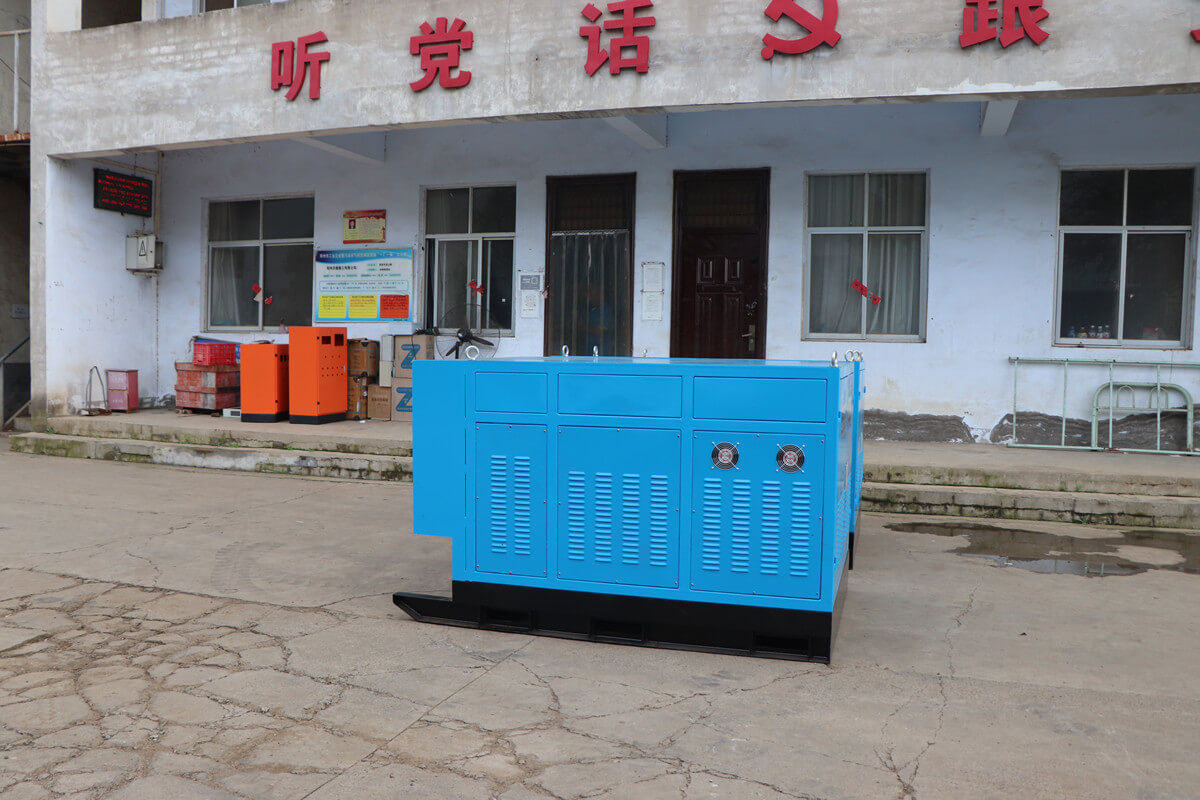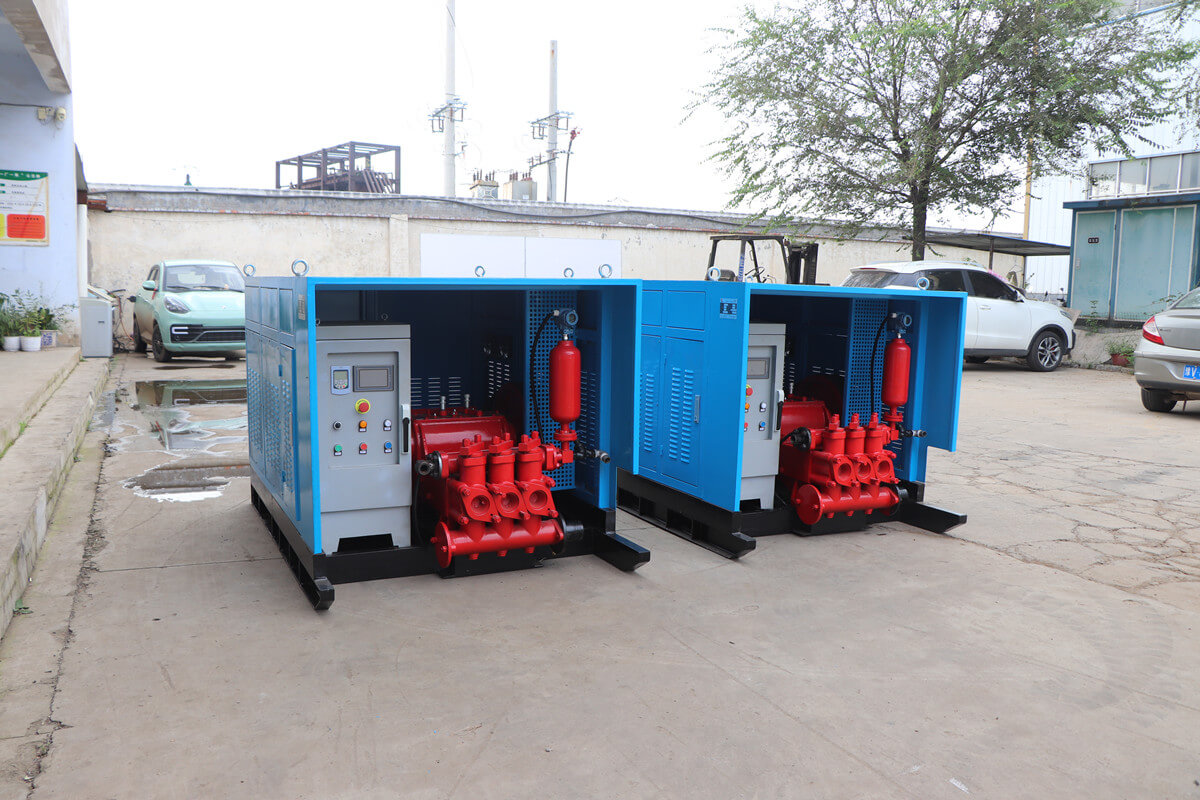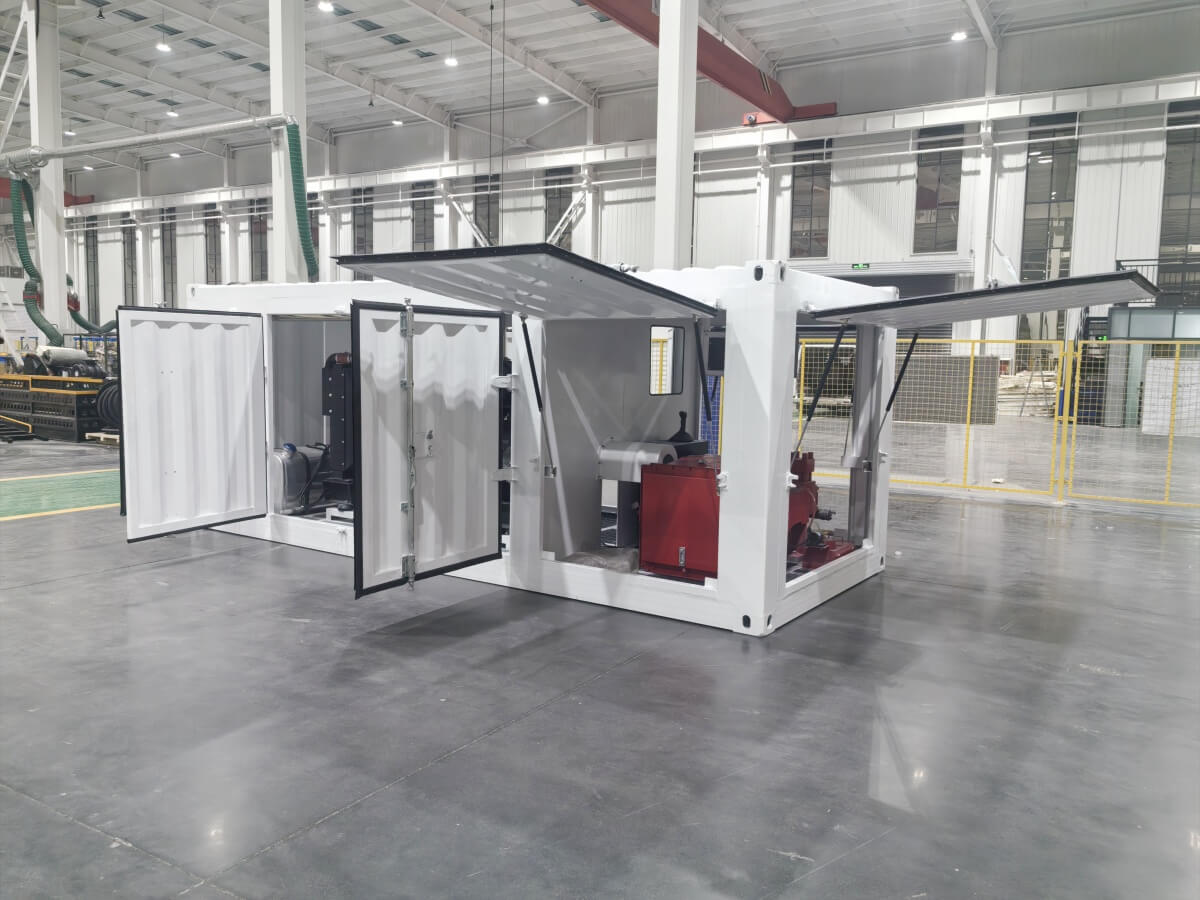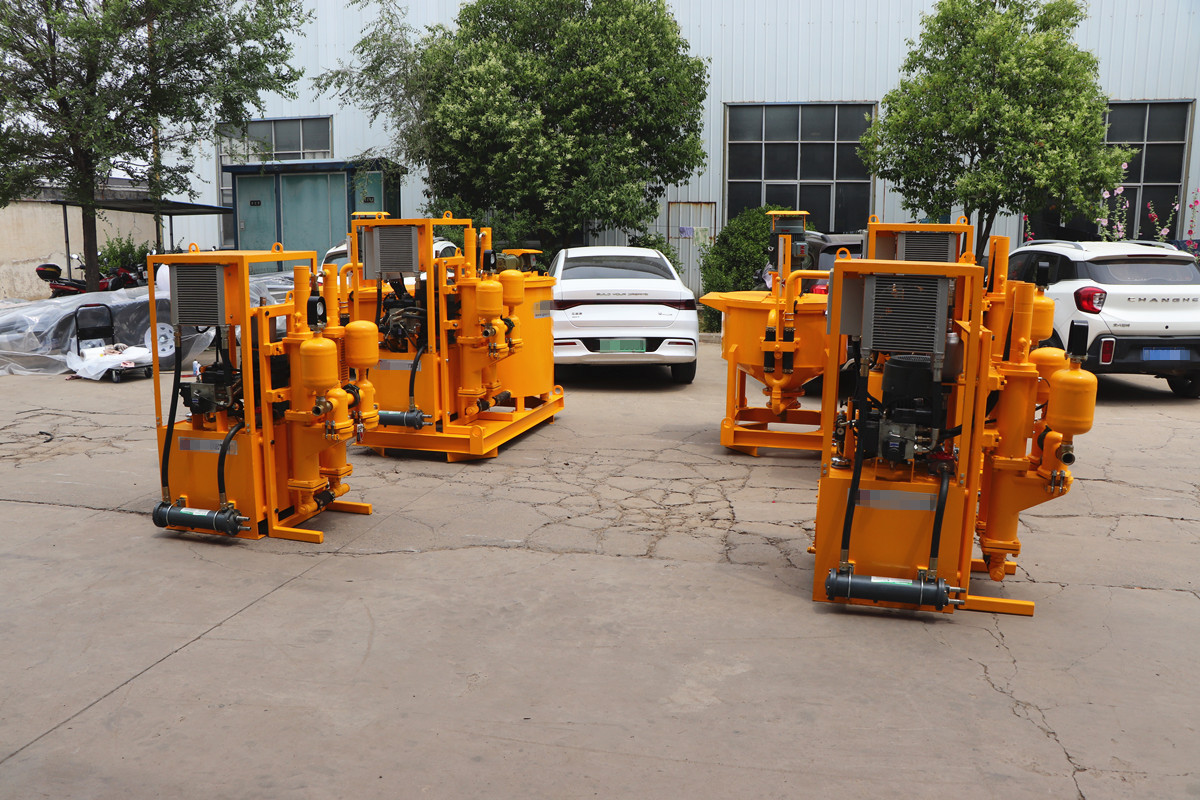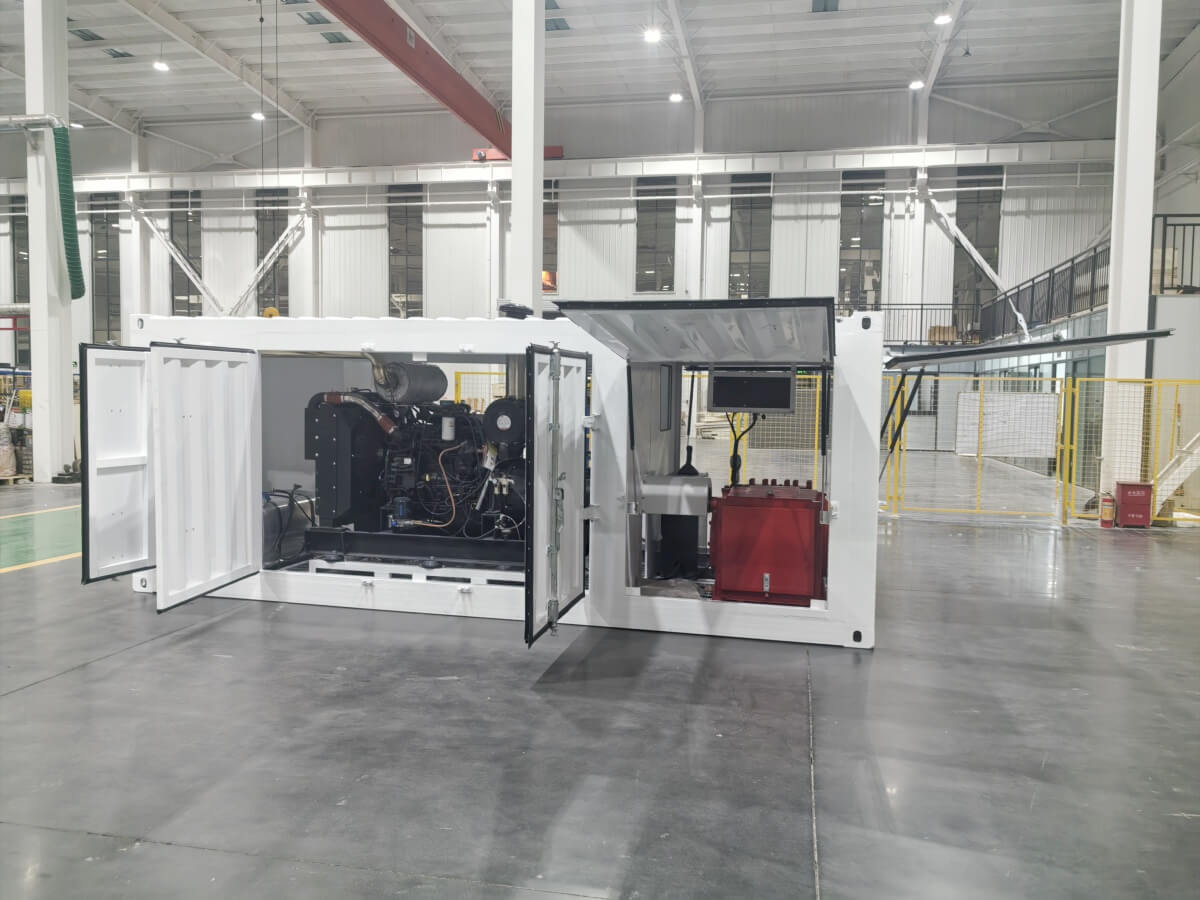Rotary jet cement grout pump
Rotary Jet Cement Grout Pump is a professional equipment used for high-pressure rotary jet grouting construction. It combines rotary drilling and high-pressure jet grouting technology and is widely used in engineering fields such as foundation reinforcement, anti-seepage curtain, and soft soil foundation treatment. In the high-pressure rotary jet grouting process, the rotary jet cement grouting pump delivers cement slurry to the nozzle at the end of the drill pipe through high pressure. At the same time, the drill pipe rotates and lifts at the same time, and the slurry sprayed from the nozzle at high speed cuts and mixes the surrounding soil to form a columnar or wall-shaped reinforcement body.
A rotary jet cement grout pump is a specialized piece of equipment used in construction and geotechnical engineering for injecting cement grout into soil or rock formations at high pressure to strengthen foundations, prevent water seepage, and stabilize the ground.
Main components of rotary jet cement grout pump:
High-pressure pump group:
Provides high-pressure power (usually 20~40 MPa) to push cement slurry through the nozzle.
Common types include: three-cylinder plunger pump, hydraulically driven high-pressure pump, etc.
Rotation and lifting device:
Controls the rotation speed (RPM) and lifting speed (cm/min) of the drill pipe to ensure uniform injection.
Nozzle system:
Installed at the bottom of the drill pipe, unidirectional or multi-directional nozzles can be configured according to design requirements.
Nozzle size affects injection pressure and range.
Mixing and slurry storage system:
Includes mixer and slurry storage tank to ensure accurate, uniform and continuous supply of cement slurry.
Control system:
Automates control and monitoring of parameters such as pump pressure, speed, and lifting speed.
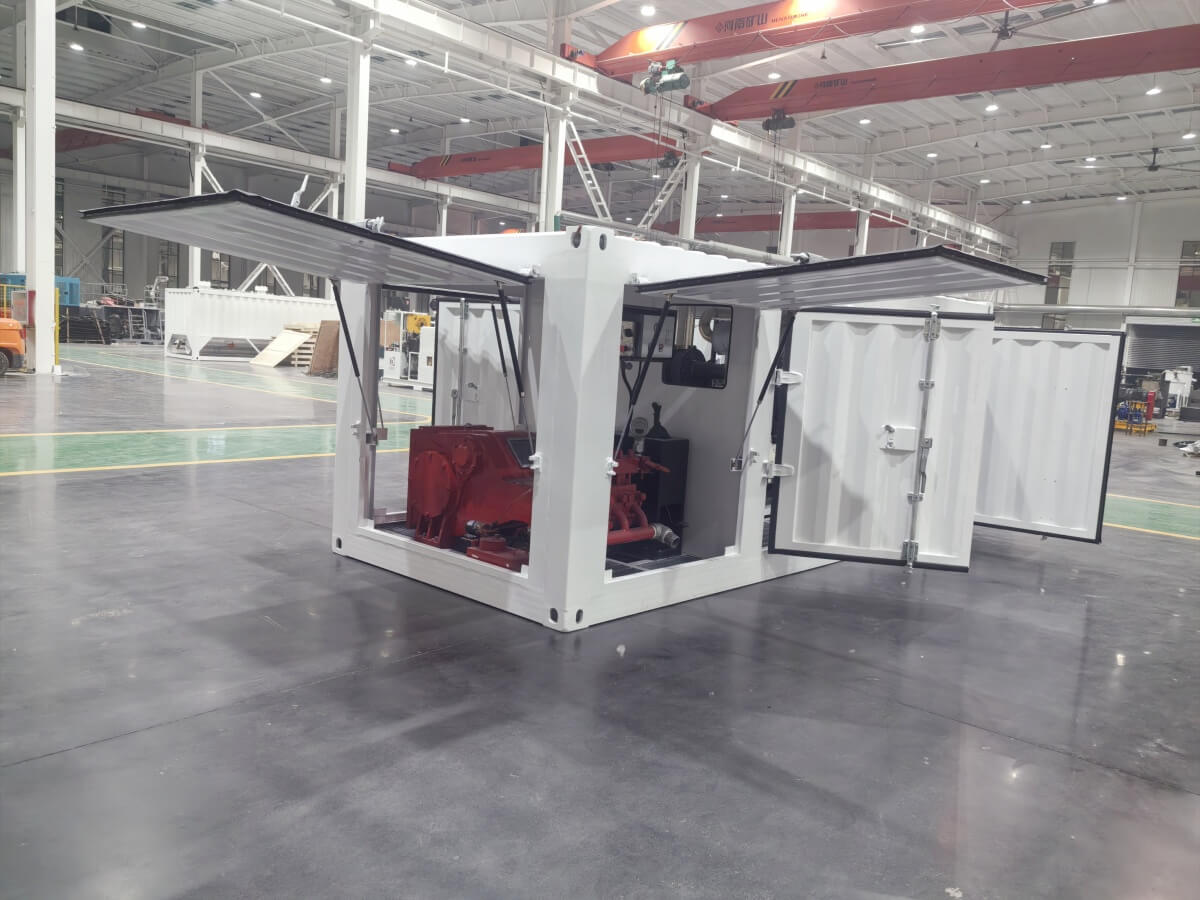
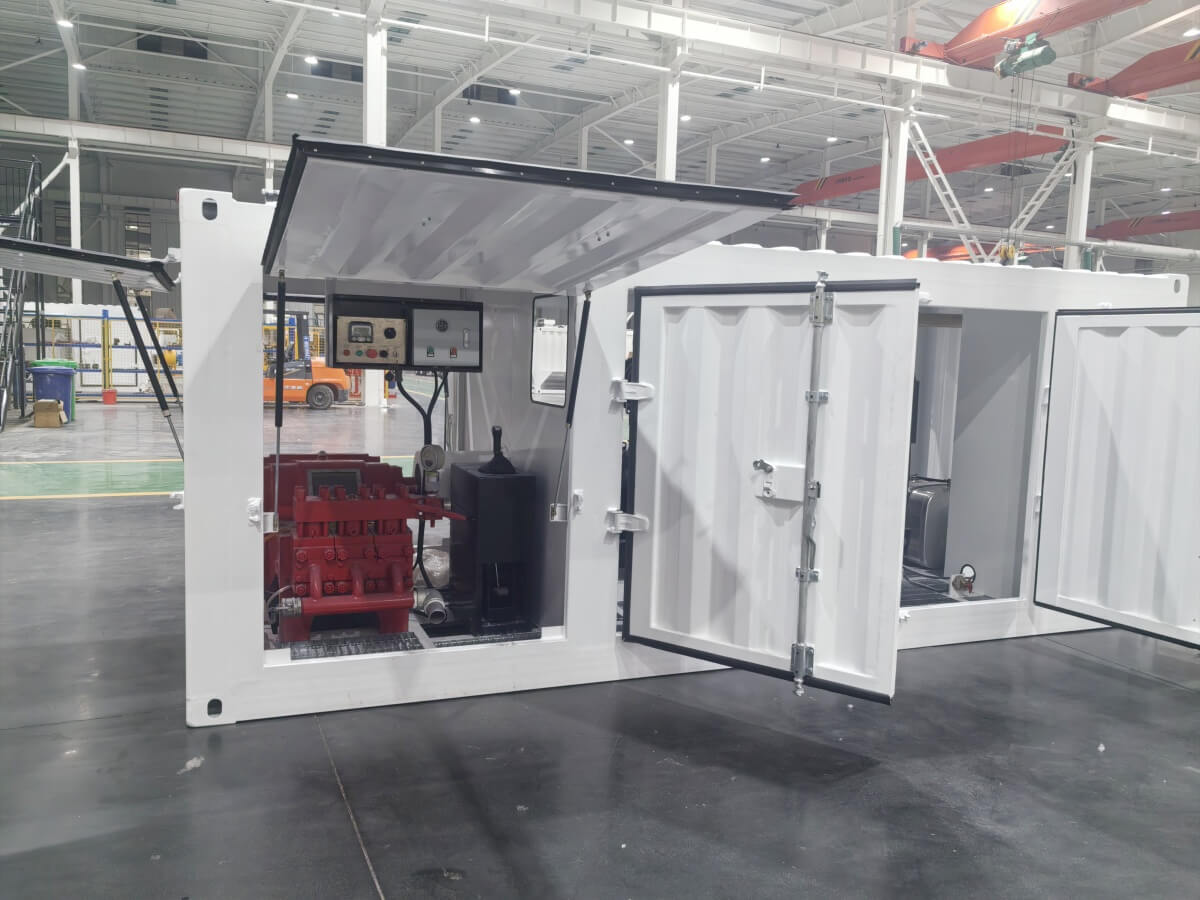
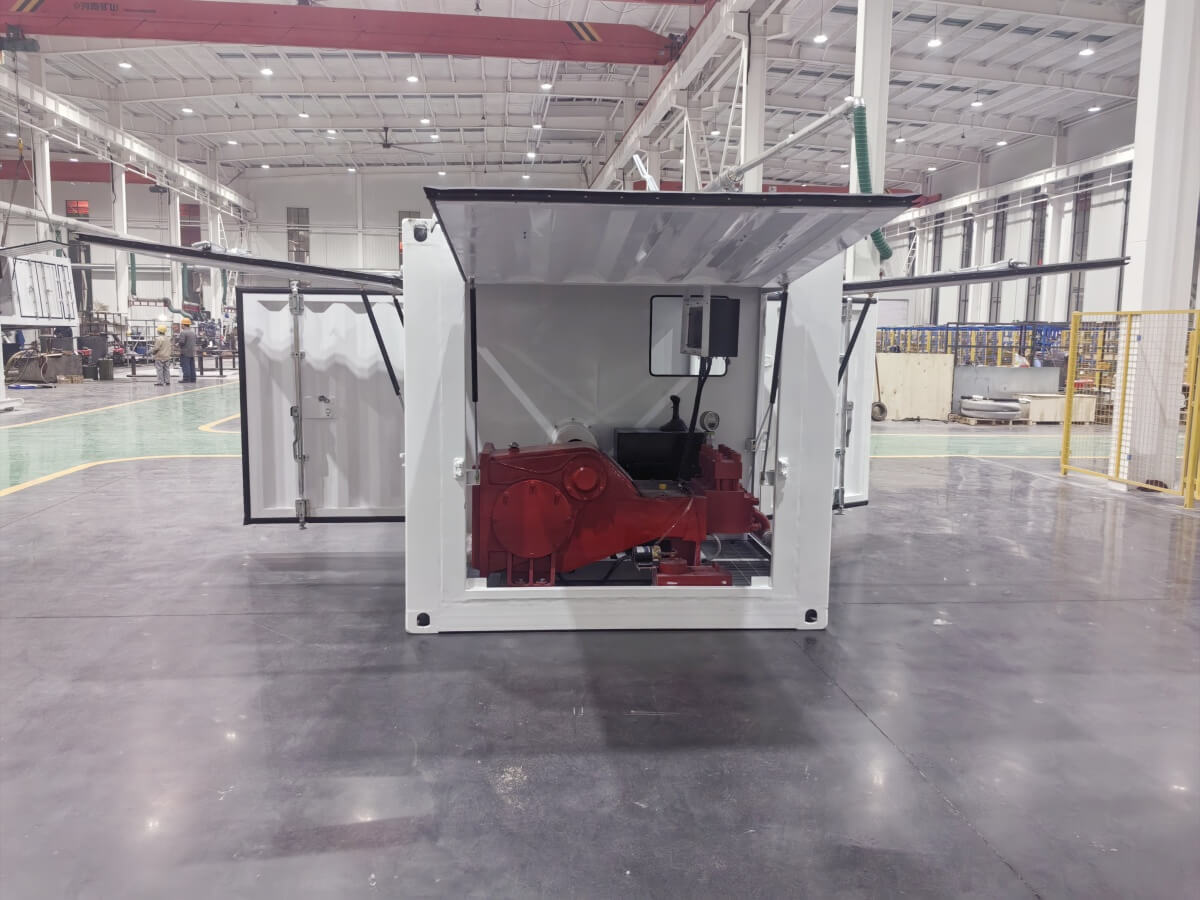
Rotary jet cement grout pump is used in many fields:
Foundation Strengthening:
Improves the bearing capacity of soft or loose soils, reducing settlement and increasing the stability of structures.
Waterproofing:
Creates impermeable barriers to prevent water infiltration in dams, tunnels, basements, and other underground structures.
Soil Stabilization:
Used in slope stabilization, mine shaft sealing, and ground improvement projects.
Geotechnical Repairs:
Fixes cracks and voids in existing structures, such as retaining walls and bridge abutments.
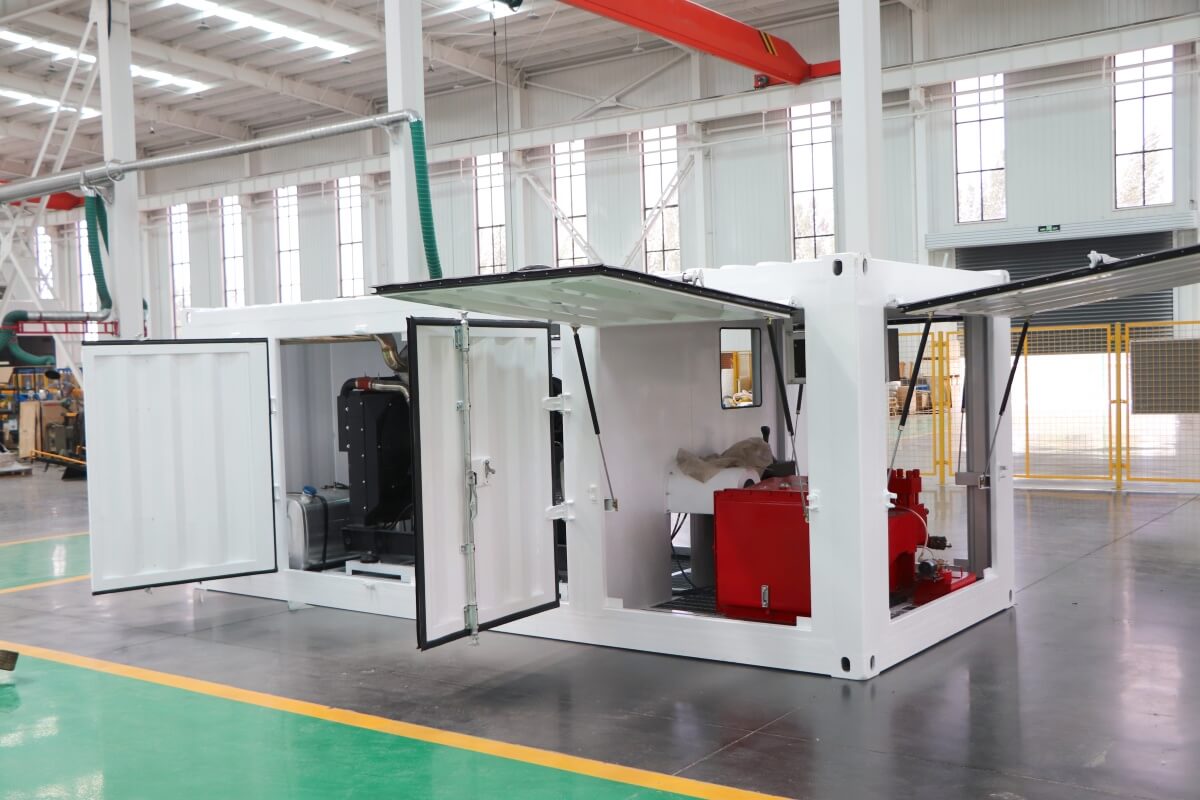
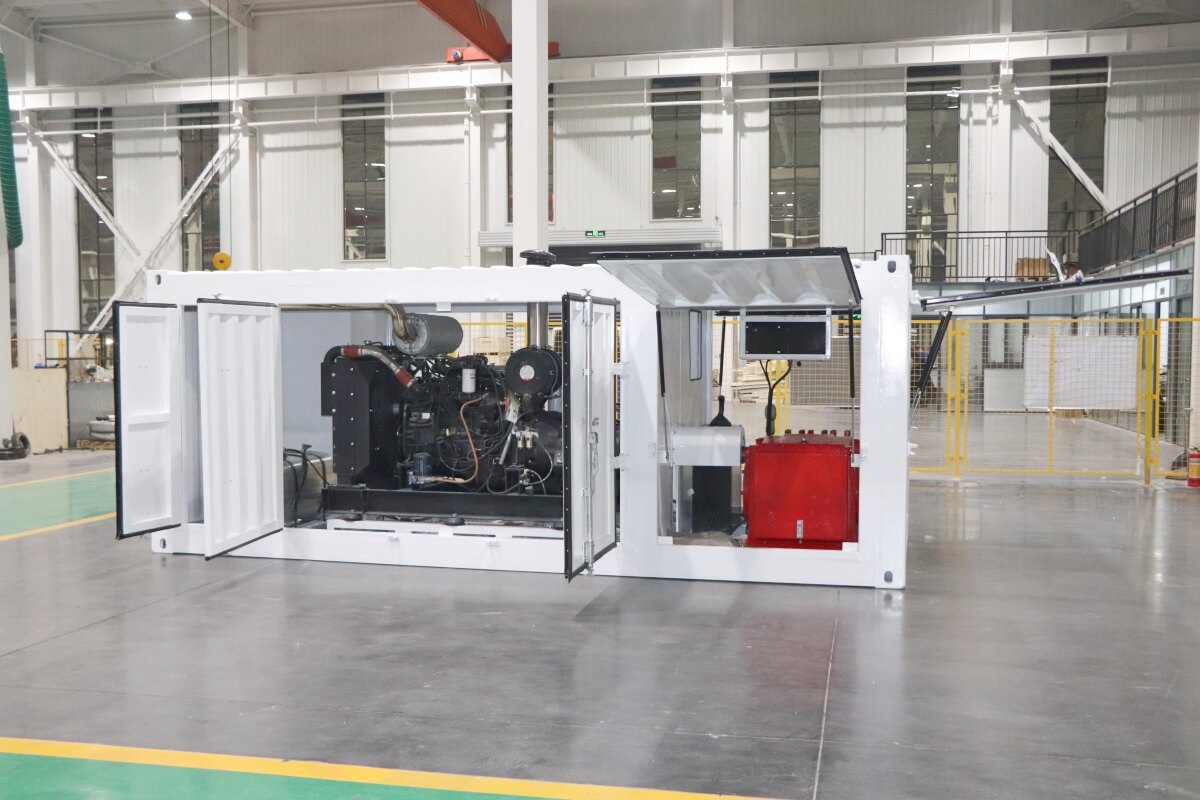
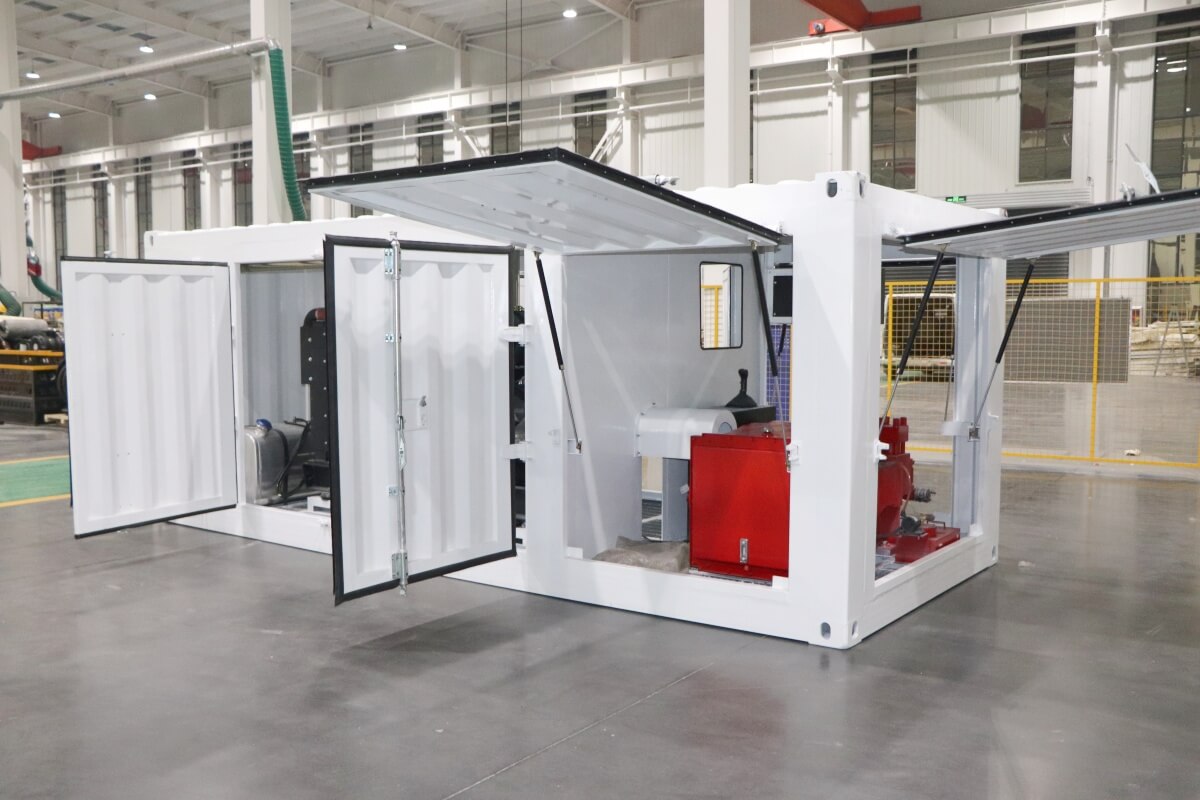
If you have specific usage requirements, model selection, or want to know the application in a certain type of engineering case, please tell me and I can provide you with more detailed suggestions or information. Email address: sales1@leadcrete.com

